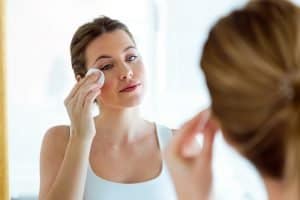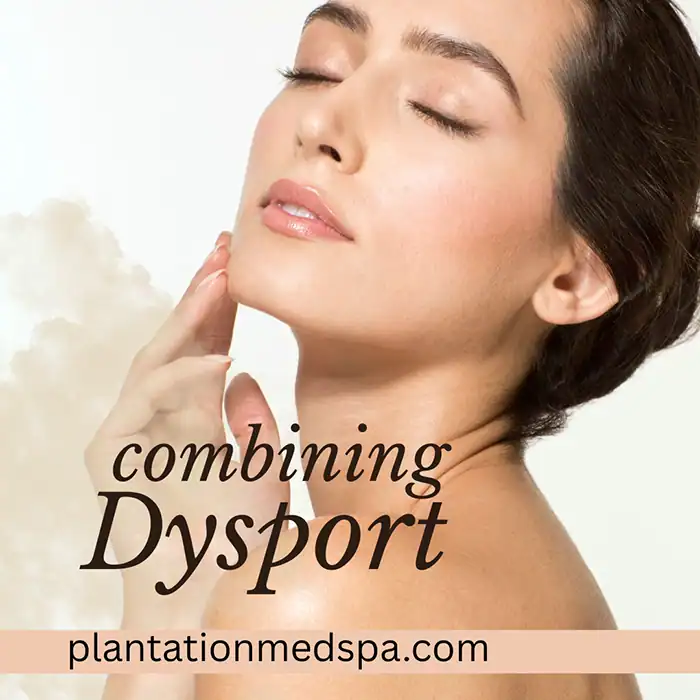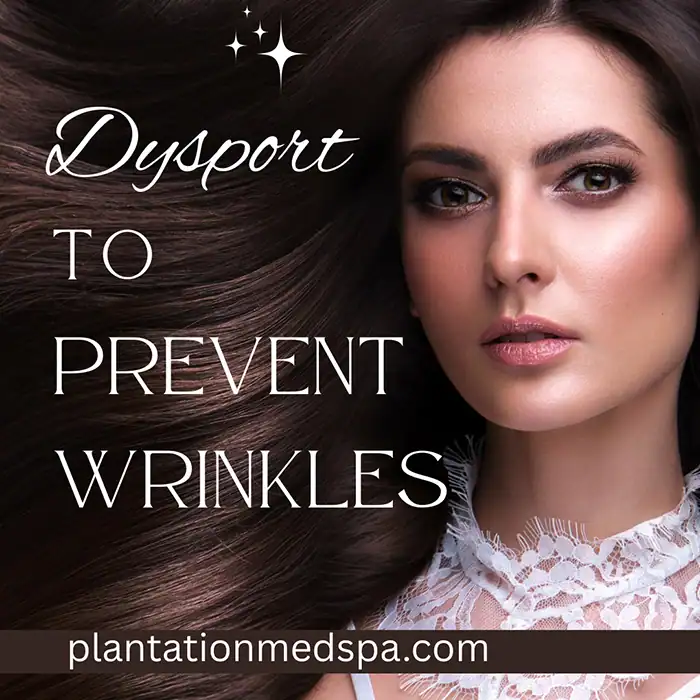Top 7 Acids for Optimal Skincare Results
While the term “acids” may initially sound a little frightening, there are actually many natural and beneficial acids that can really help your skin. In this article, we’ll go through 7 best acids for your skincare in Plantation, Florida.
From salicylic acid to fight acne to hyaluronic acid to improve hydration, here are seven acids that you should definitely consider incorporating into your skin care routine.
7 Best Acids for Your Skincare
1. Hyaluronic Acid
Hyaluronic acid is naturally produced by the body, and can be found in the gyms, hair follicles, connective tissue, and the skin. In fact, 50% of hyaluronic acid in the body is found in the skin. It makes up a significant part of the skin’s outer framework, and also plays a huge role in skin hydration.
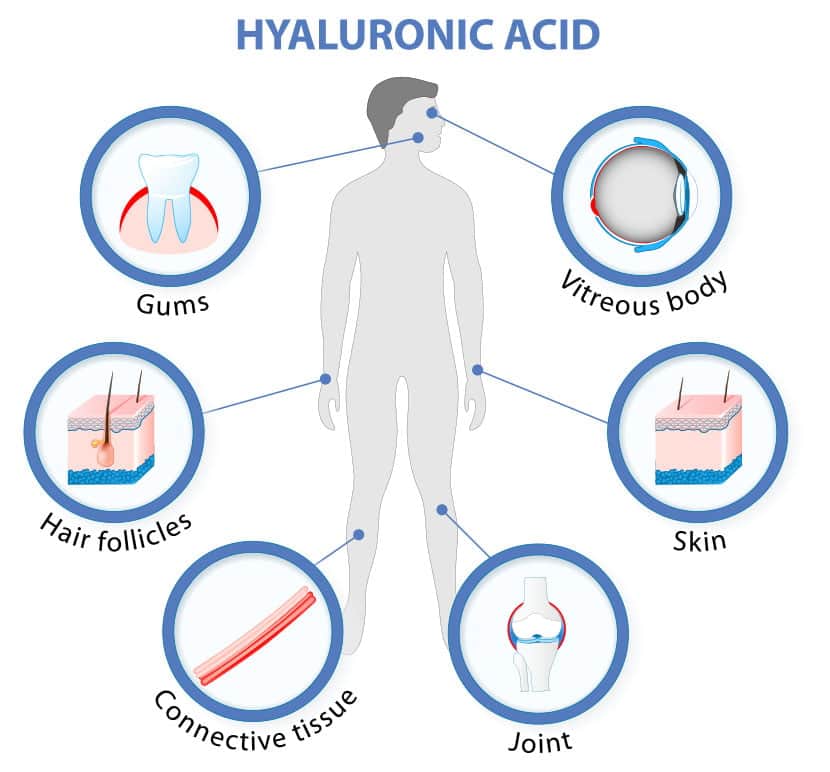
What exactly is it?
It is a polysaccharide, which basically means that it is a large sugar with a gel-like texture.
You are probably thinking…
If the body naturally produces hyaluronic acid on its own, why is this an important ingredient in skin care products?
Because the rate at which the body produces hyaluronic acid slows down with age, which is why mature skin is often drier, thinner and more sallow. When you think about the fact that a third of the hyaluronic acid in your body gets degraded or used each and every day, you can understand why it is critically important for you to keep these levels topped up.
Wondering how hyaluronic acid actually works?
It is a humectant, meaning that it draws moisture from the air into your skin and then holds it there, enabling your skin to absorb this as and when it needs it. In fact, hyaluronic acid is so powerful that it is able to hold up to 1000 times its weight in water.
There are two main ways in which hyaluronic acid is used…
The first is with serums and moisturizers that have been formulated with hyaluronic acid. Although the hyaluronic acid molecules themselves are too large to actually be absorbed by the skin, they still help with hydration and strengthening the skin barrier when used topically, while also temporarily minimizing the visibility of fine lines and wrinkles.
For even better results, hyaluronic acid is also used in dermal fillers. These are injections that target the dermis layer of the skin, filling it out and plumping it up, resulting in a youthful and more radiant complexion.
2. Salicylic Acid
Do you suffer from acne?
If so, then you are likely already well-acquainted with salicylic acid, which is an ingredient that comes from the bark of the willow tree.
This beta-hydroxy acid is oil-soluble, meaning that it has the potential to penetrate deeper into the skin than water-soluble ingredients.
What does it do once it gets there?
It acts as an exfoliant, dissolving the glue-like substance that holds on to dead skin cells and allowing them to then be easily removed from the surface of the skin. In addition to this, salicylic acid also works its way deep into your pores, clearing them out of any dirt, sebum and dead skin cells, removing any clogs and preventing breakouts from occurring.
Do you have dry skin?
If so, salicylic acid is an ingredient that you should probably avoid, as it can lead to redness, irritation and exacerbated dryness.
3. Glycolic Acid
Glycolic acid is an alpha-hydroxy acid that comes from a variety of natural sources, such as sugar cane, sugar beets and pineapples.
Just like salicylic acid, glycolic acid exfoliates the skin, but unlike salicylic acid, it does this from the surface of the skin. This makes it a much more gentle ingredient, with far less chance of it causing any irritations.
In addition to exfoliating the skin, glycolic acid has a number of other benefits, including:
- Humectant properties – this means that glycolic acid can draw moisture from the air into the skin, keeping it plumped up and hydrated
- Speeds up skin cell turnover – this helps with everything from fine lines and wrinkles to skin discoloration and scarring
- Boosts collagen production – your body’s natural collagen production reduces with age, making it important to keep this boosted with certain ingredients
Convinced that you need glycolic acid in your life?
Well, before you start slathering it all over your face, keep in mind that, even though it is quite a gentle ingredient, you still need to give your skin some time to get used to it. Begin by using a product that contains a low percentage of glycolic acid, before working your way up.
One more thing to remember…
Glycolic acid can make your skin more sensitive to the sun. This means that you should either save its use for the evening, or make sure that you are extra vigilant about sun protection if you have used glycolic acid during the day.
4. Ascorbic Acid
Ascorbic acid is another name for vitamin C, which is one of the most popular skin care ingredients out there.
Why?
For a number of reasons, such as:
- It has powerful antioxidant properties – these help to neutralize the free radicals that damage the DNA in your skin cells, protecting against everything from UV rays to pollution
- It brightens the skin – vitamin C is a mild exfoliant that can dissolve away older skin cells, making way for the newer and fresher ones beneath. This makes it effective at treating hyperpigmentation and discoloration, as well as a generally dull complexion
- Boosts collagen production – vitamin C is important when it comes to how your skin is able to produce new collagen
Sound good?
Before you go purchasing a product that contains ascorbic acid, there are a couple of things you need to know…
Ascorbic acid is vitamin C in its purest form, and while this is one of the most powerful forms of the vitamin, is also the type that is most likely to irritate your skin. It is also extremely unstable, which is why it’s more stable derivatives were developed.
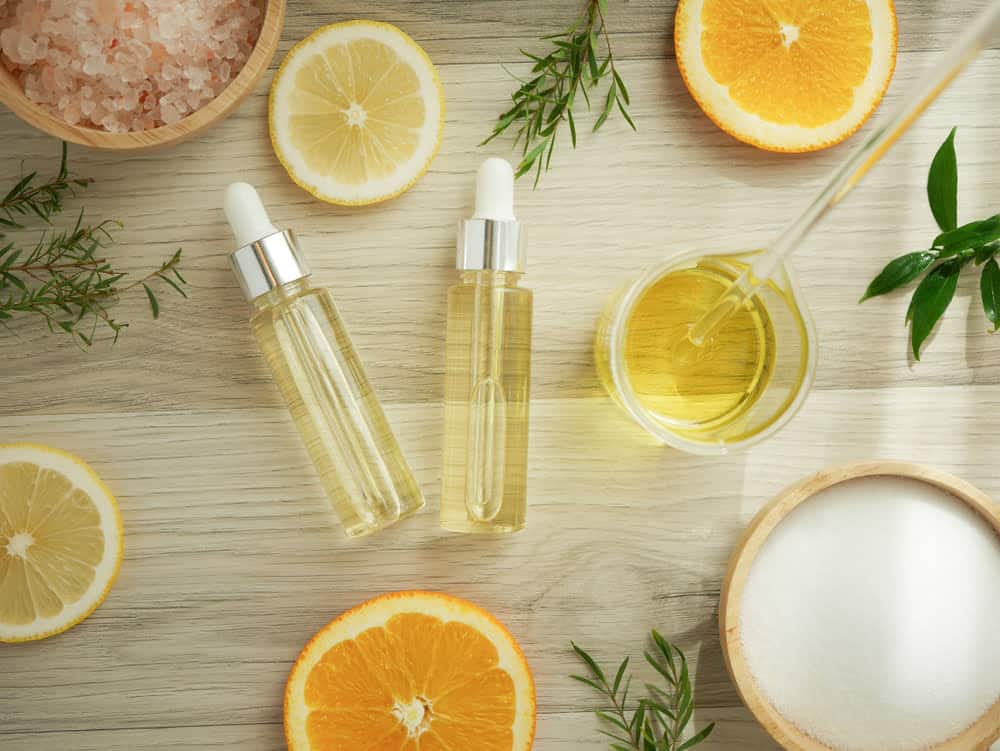
Want to know more about the derivatives of vitamin C?
There are quite a few, but these are the ones that will be most beneficial to your skin:
- Ascorbyl Palmitate – although these molecules are too large to penetrate into the skin, they still work wonders on the skin’s surface, protecting it from the sun’s rays and minimizing free radical damage
- Tetrahexyldecyl Ascorbate – a highly stable form of vitamin C that is oil-soluble, meaning it penetrates deeply into the skin
- Magnesium Ascorbyl Phosphate – extremely gentle but also very powerful, and especially effective at treating hyperpigmentation
5. Kojic Acid
If you suffer from hyperpigmentation, then kojic acid is an ingredient that you definitely need to know about.
Why?
Because of the way in which it is able to inhibit melanin production. Melanin is the pigment that gives your skin its color, and hyperpigmentation is caused when your skin produces excess melanin, leading to it clustering up under certain parts of your skin, resulting in darker patches. By inhibiting melanin production, kojic acid is able to lighten up these dark spots and even out skin tone.
If all of that was not enough, kojic acid also has antifungal and antibacterial properties, which can help to protect your skin from infections.
Wondering where kojic acid actually comes from?
It is produced by different types of fungi, and is also a by-product of rice wine and fermented soy sauce.
When it comes to choosing a product that contains kojic acid…
You will usually find kojic acid in concentrations of between one and four percent. As always, it is best to start with a lower concentration, and work your way up once you are sure that your skin is able to tolerate the ingredient. If you know that your skin is already usually susceptible to irritation, opt for a low percentage.
Now on to its side effects…
These are few, but you still need to be aware of them. Since melanin is what your skin produces in order to protect itself from the sun’s UV rays, inhibiting this melanin production removes this natural protection, making your skin more vulnerable to UV damage. For this reason, make sure that you are extra vigilant about sun protection when using kojic acid.
Another side effect, especially for those who have sensitive skin, is contact dermatitis, which can manifest as a rash, dryness or itching. If you notice these side effects, stop using kojic acid for a while, and then move on to a much lower concentration.
6. Fatty Acids
Fatty acids are essential when it comes to skin health, because these are what make up the building blocks of each membrane of your skin cells. This means that they are crucial when it comes to maintaining the skin’s natural protective barrier, ensuring that the skin stays hydrated and moisturized, while safe from environmental harm.
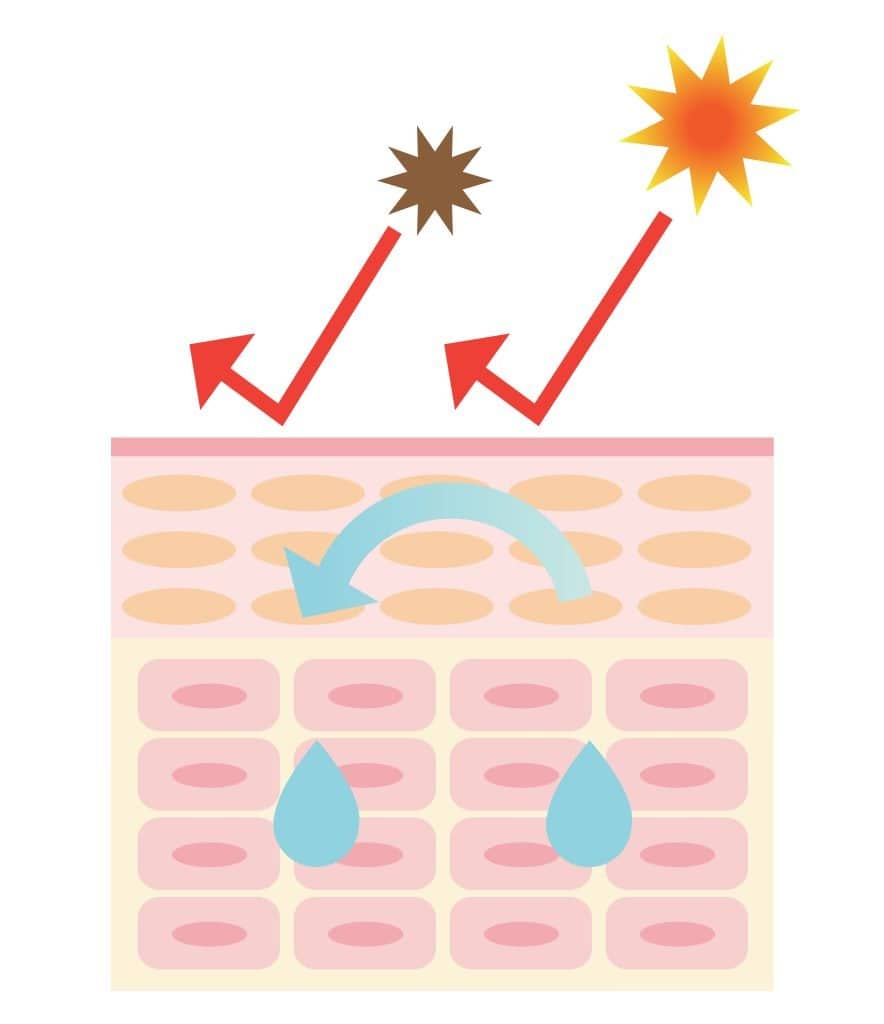
When it comes to fatty acids, there are a few different types, including omega-3 fatty acids, omega-6 fatty acids and omega-9 fatty acids.
Your skin needs all of them in order to thrive, but in terms of topical skin care products, there are a couple of acids that you should really know about.
These are:
- Linoleic Acid – also referred to as LA, linoleic acid is an unsaturated omega-6 fatty acid, and is not actually produced by the body. This is a powerful anti-inflammatory ingredient, and also helps to boost cell turnover and promote healthy cell activity
- Oleic Acid – this is an omega-9 fatty acid that your body produces, with large amounts of it being found in your skin’s natural oils. In skin care, it commonly comes from olive oil and marula oil, and has some fantastic benefits. From locking in moisture to promoting skin healing to antioxidant properties that fight free radicals and prevent premature aging, this is a great acid to add to your skin care arsenal
When used in conjunction with each other, both linoleic acid and oleic acid become even more powerful.
7. Azelaic Acid
Azelaic acid comes from grains, such as wheat and barley, and is becoming increasingly popular in skin care formulas.
Why?
Because of its many benefits, which include:
- It treats acne – when compared to other common acne treatments, such as benzoyl peroxide and even Accutane, which is one of the most powerful acne treatments in the world, azelaic acid has always come out on top, but without any of the harmful side effects that the other acne treatments cause. This is all due to its antibacterial, anti-inflammatory and anti-keratinizing effect, which means that it is able to kill acne-causing bacteria while preventing clogged pores
- It treats rosacea – while scientists do not yet quite understand how azelaic acid works when it comes to treating rosacea, the results don’t lie, and this ingredient can significantly decrease rosacea flare-ups and lesions
- It treats hyperpigmentation and melasma – both hyperpigmentation and melasma are caused by the skin producing too much melanin, resulting in discolored patches. The most popular treatment at the moment for this is hydroquinone, but research shows that azelaic acid provides exactly the same results, if not better, results, but without any of the damaging side effects
Rosacea, acne and hyperpigmentation are all extremely common skin issues, but the standard treatments for these conditions can often be quite harsh, resulting in even more irritation.
If you suffer from any of these conditions, azelaic acid could be the way to go when it comes to achieving a clear and even complexion.
Many people equate the term acid with something that is unnatural and harsh, but this is definitely not true. All of the acids mentioned on this list come from natural sources, and while some may be more potent than others, they each can bring significant benefits to your skin and dramatically improve your overall complexion.
Just remember…
When trying any new product for the first time, make sure to perform a patch test first on a small area of your skin, especially if your skin is prone to sensitivities and irritation. While all of these acids are safe to use, any new product has the potential to cause problems, so it never hurts to be extra careful.
Book a consultion online now? Visit the Plantation Med Spa now to treat yourself to some of our many services and treatment offers! Call us at (954) 595-2607

